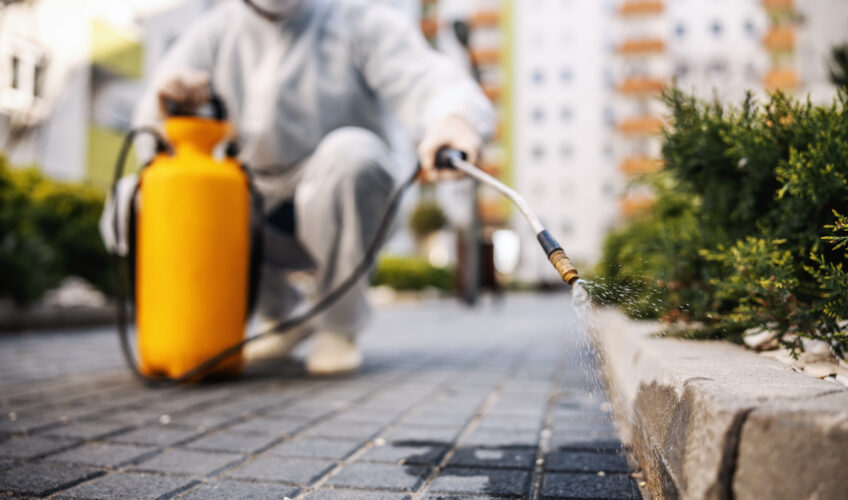Fumigation is a method in which premises are disinfected from pests and microorganisms by introducing gaseous pesticides into their habitat. This method is used to destroy pests and microorganisms in various granaries, grain elevators, mills and feed mills, in various warehouses and even ships carrying grain. Fumigation is effective, since not only the room itself is disinfected, but everything that is in it: containers, various equipment, tools and inventory.
For disinfection, special preparations are used based on the active substance – phosphine. Phosphine destroys pests and microorganisms not only in an adult form, it copes well with eggs, pupae and larvae.
NECESSARY CONDITIONS FOR THE USE OF FUMIGATION
Because of their penetrating power, fumigants should be used in rooms and objects that are well sealed. Special attention is paid to sealing, even small holes and crevices are closed, since phosphine in a gaseous state can escape through cracks in the wall, through the roof, windows, doors.
The duration of the procedure is greatly influenced by the temperature and humidity inside the room, as well as the volume of the room, therefore, it is necessary to first take appropriate measurements. It is recommended to carry out fumigation in warm weather, when the temperature inside the room does not drop below 15 °? during the day.
FUMIGATION STAGES
The fumigation procedure should be carried out only by experienced pest specialist authorities who have specialized equipment and personal protective equipment in their arsenal.
The whole process can be roughly divided into three stages:
- Preparatory: At this stage, they are engaged in sealing the room, cleaning it of finished products and unnecessary equipment.
- Fumigant application: A phosphine-based fumigant is stored in solid or powdery form, when exposed to moisture, a poisonous gas begins to be released, filling the entire room. Depending on the humidity and temperature of the room, the exposure can last up to 10 days.
- Purification or degassing: For complete release from phosphine vapours, it is necessary to thoroughly ventilate the entire room for one to two days. After ventilation, the admission of personnel without personal protective equipment is allowed only after measurements with special indicator means.
PROS AND CONS OF FUMIGATION
The method of destruction of pests and microorganisms in the premises – fumigation has its advantages and disadvantages.
This method is widely used by producers and processing enterprises due to the high efficiency of the method and the lack of impact on the quality of cereals.
The disadvantages of the method are the complexity of the preparatory stage, the duration of the exposure and the high cost when compared with the aerosol or wet method.
It is also necessary to remember that only highly qualified pest control management personnel can carry out high-quality fumigation, after which you will get rid of pests for a long time.
If you are also fed up of pests in your warehouse or storage units, call a reputed pest control management company today. Only a reliable pest control provider will assure premium services at affordable costs. Call them today and remain hassle free!
